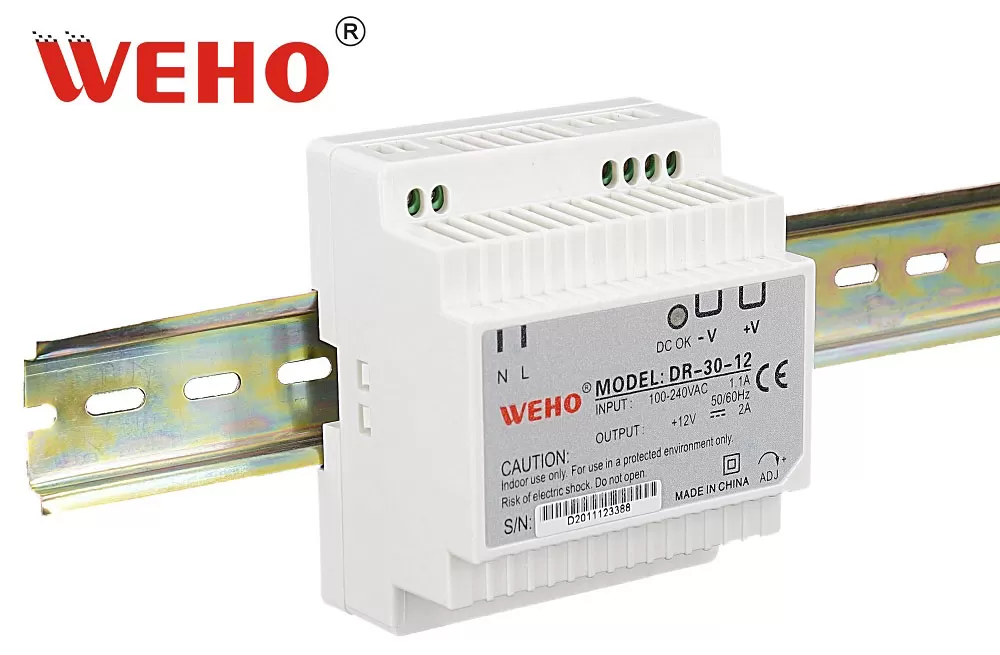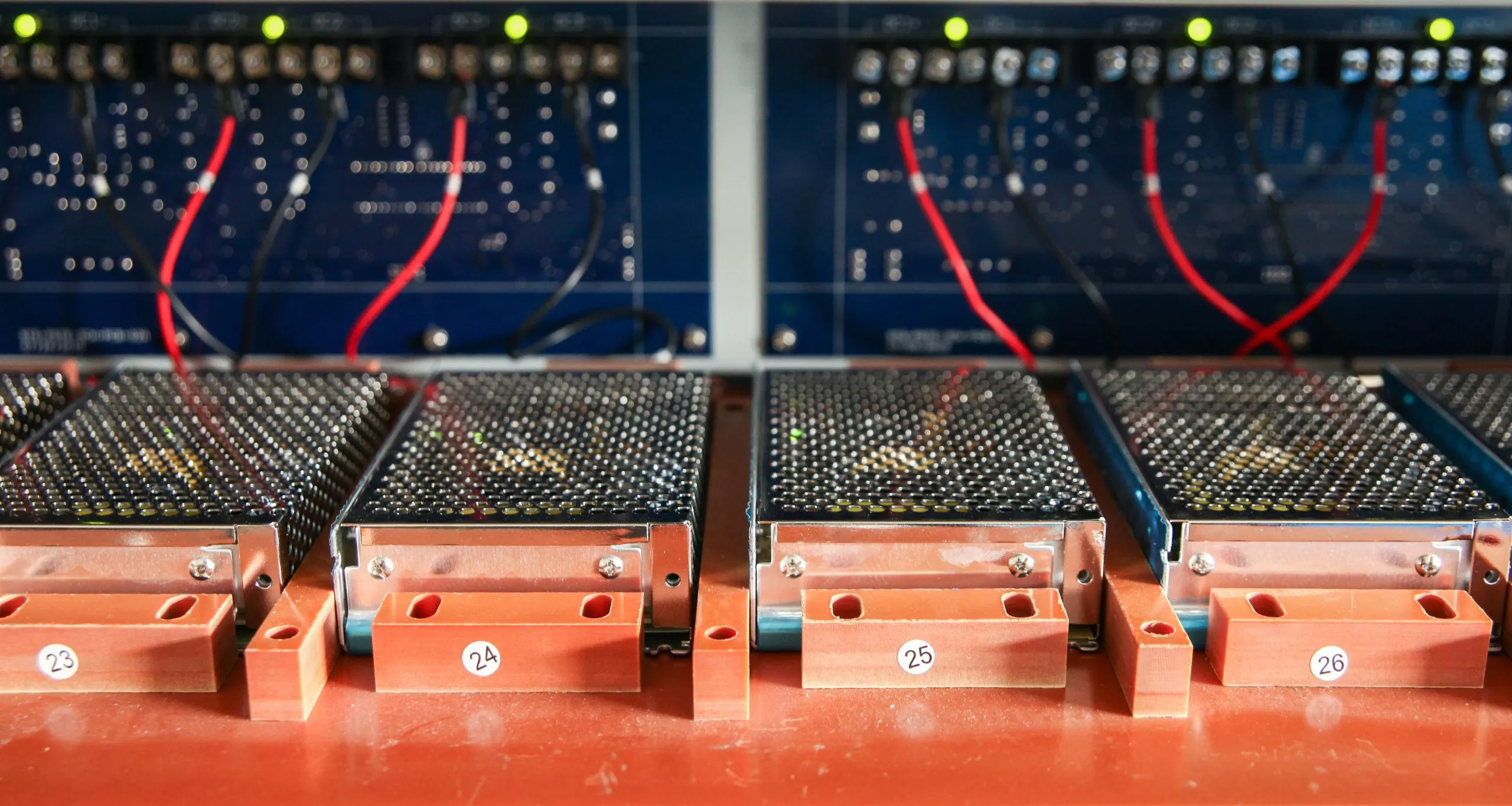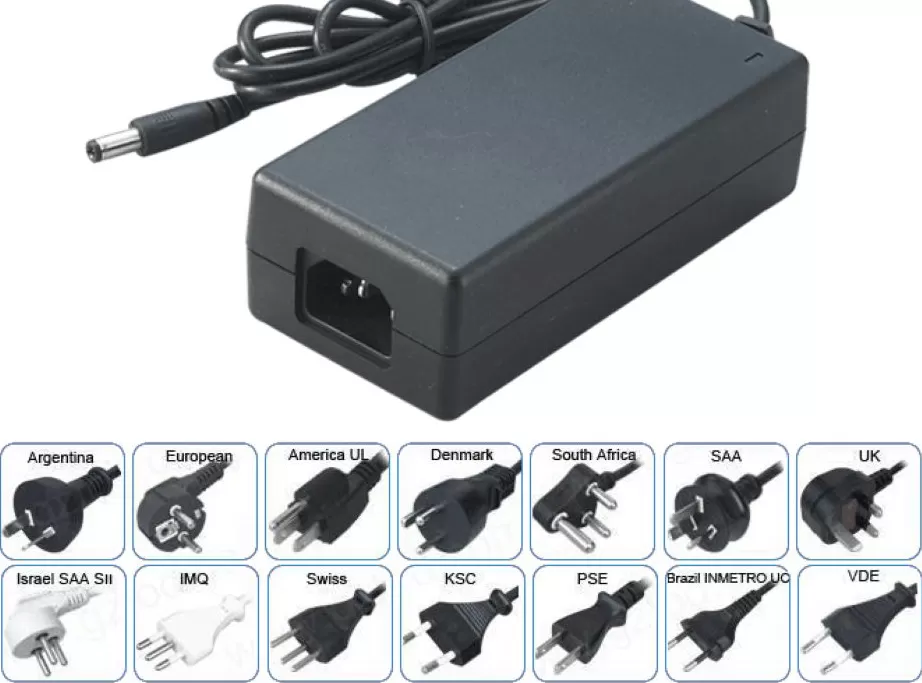Where are switching power supplies used?
Switching Power Supply technology is widely used for a variety of applications, as it offers power conversion with both high efficiency and reliability.
Industries that often rely on switching power supplies include aerospace, audio/visual, communications, computers, industrial, security, and military. These devices are well-suited for the demands of these industries’ varied needs and requirements.
Aerospace
The aerospace industry requires power supplies that can operate in harsh environmental conditions and provide reliable power for critical systems such as avionics, communications, and navigation.
Audio/Visual
Switching power supplies are used in various audiovisual equipment such as amplifiers, mixers, and speakers. These power supplies provide high-quality, stable power to ensure optimal performance and prevent damage to the equipment.
Communications
The communication industry relies heavily on switching power supplies for a wide range of applications such as routers, switches, and modems. These power supplies help ensure a steady flow of power, which is essential for maintaining smooth communication networks.
Computers
Switching power supplies are commonly used in desktop computers, servers, and other computer hardware. These power supplies provide the stable and efficient power needed to keep the computer running smoothly.
Industrial
Industrial applications use switching power supplies for a range of purposes such as powering motors, controlling machines, and providing backup power. These power supplies are designed to operate in harsh environments and withstand extreme temperatures.
Security
Security systems rely on switching power supplies for providing power to cameras, access control systems, and other security equipment. These power supplies help ensure that the security system remains operational at all times.
Military
The military uses switching power supplies in a range of applications such as radar systems, communication equipment, and weapon systems. These power supplies need to be rugged and reliable to withstand the harsh conditions of military operations.
Switching power supplies are used in a variety of industries due to their efficiency, reliability, and versatility. From aerospace to military applications, these power supplies are an essential component of many systems that require consistent and stable power.
What is a switching power supply adapter?
Power supplies are essentially converters. Typically, they convert one or more parameters from supplied power to the parameter type and level required by a load or connected circuit.
A power supply adapter allows for the utilization of a power supply whose output was not specifically designed for the utilized input.
Power supply designs may consist of the conversion circuitry only or may consist of conversion and adapter circuitry on the same board.
Conclusion
Switching power supplies are a reliable and efficient way to power electronics. They are available in a variety of voltages, currents, and power levels to meet the needs of different applications.
WEHO is a global supplier of professional power supplies for a variety of industries. Our products have obtained the highest safety standards, including UL, cUL, TUV, CE, CB, and FCC. Since 2007, WEHO has been providing customers with quality power supplies at competitive prices from its facility in China.
Our experienced team is available to answer any questions you may have about finding the right product for your project.











